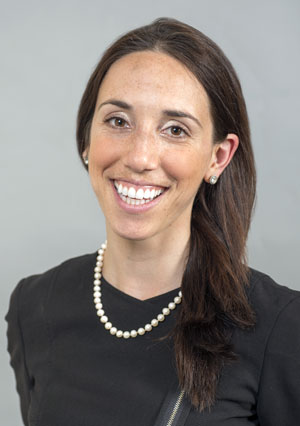There is surging public awareness and interest in Canada’s relationship with indigenous peoples.

There are the daily headlines that chronicle controversy around indigenous representation and identity.
There are substantive changes underway at law societies and law schools across Canada, in the wake of the Truth and Reconciliation Commission of Canada’s calls to action.
As a story in this week’s
Law Times explores, lawyers say there is still so much to be done when it comes to the adequate representation of on-reserve First Nations people on juries.
This is not new.
Retired Supreme Court of Canada justice Frank Iacobucci
was tasked in 2011 with looking at the relationship between the provincial Ministry of the Attorney General and First Nations in Ontario, with the goal of increasing representation on provincial juries of First Nations people living on reserve.
“[T]here is not only the problem of a lack of representation of First Nations peoples on juries that is of serious proportions, but it is also regrettably the fact that the justice system generally as applied to First Nations peoples, particularly in the North, is quite frankly in a crisis,” said Iacobucci.
“If we continue the
status quo we will aggravate what is already a serious situation, and any hope of true reconciliation between First Nations and Ontarians generally will vanish.
Put more directly, the time for talk is over, what is desperately needed is action.”
Action, indeed. A spokeswoman for the provincial attorney general, Yasir Naqvi, says a final report is on its way from a group formed to figure out how to move Iacobucci’s recommendations forward, the Debwewin Jury Review Implementation Committee. It cannot come soon enough.

 There are the daily headlines that chronicle controversy around indigenous representation and identity.
There are the daily headlines that chronicle controversy around indigenous representation and identity.